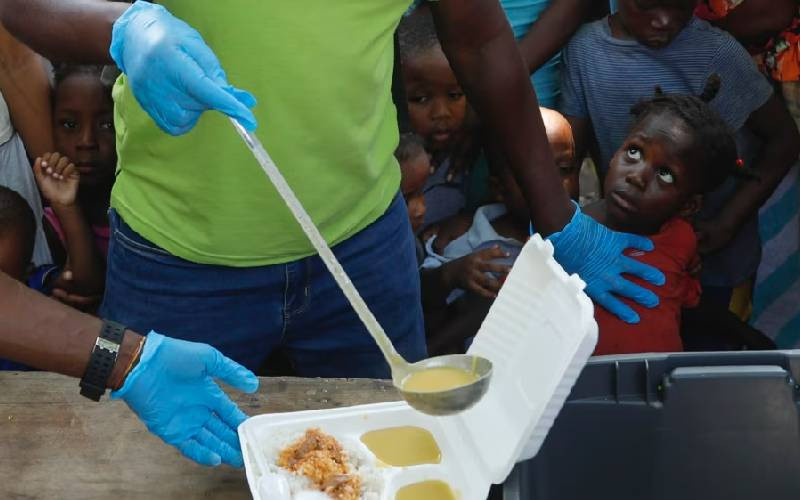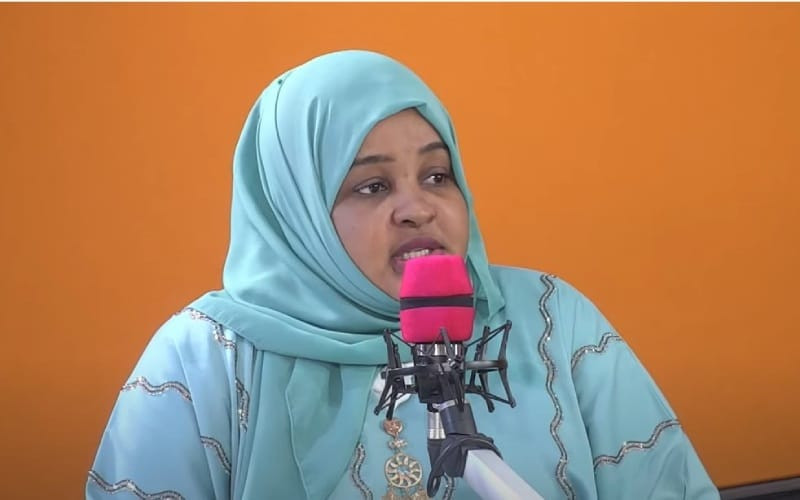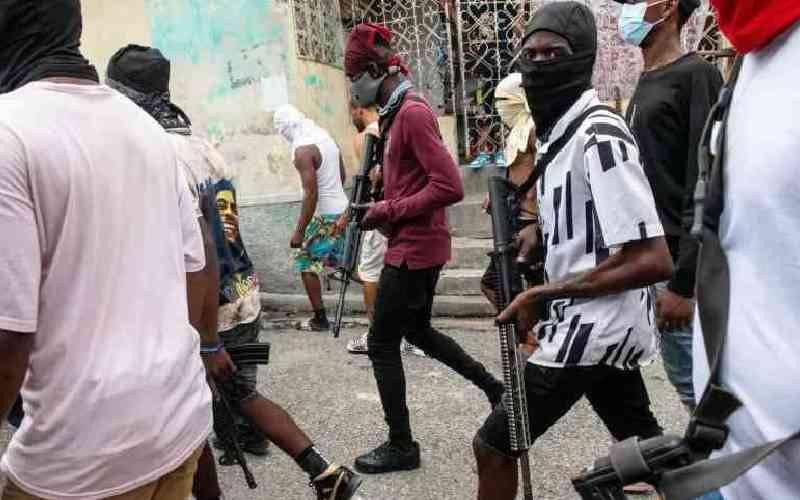By Wainaina Ndung’u
On the night of April 20-21, 2009, a suspected Mungiki gang murdered 29 people in Gathaithi and Kiangumara villages, Mathira West District in one of the most horrendous massacres in Kenya.
A Nyeri based journalist who was among the first to arrive in the picturesque tea growing villages on the border of Kirinyaga and Nyeri County said the scene was scary.
"Bodies lay on narrow village paths, necks twisted or slit and many heinous wounds all over the bloodied bodies. You didn’t want to look at a victim twice. More distressing was the sight of panic-stricken villagers, tears streaming down their faces, moving around in circles trying to identify the dead," recalled the journalist.
caught napping
By the time the regional security and intelligence officers belatedly appeared on the scene in the early hours of the morning, information had already filtered that those killed had been woken up from their sleep, dragged from their houses and hacked to death with axes, pangas and machetes.
Witnesses said a gang of young men armed with crude weapons roamed Gathaithi-Kiangumara and Kiaruhiu villages between midnight and 2am committing the massacre.
All those killed were men. One of the victims was burned to death when the gang set ablaze the house he was sleeping in. It appeared that the killer gang had moved into the area in vans and quickly made their escape after committing these most heinous killings as the Government slept.
It later transpired that the killings may have been on revenge of a string of other killings organised by vigilantes targeting members of the Mungiki in Kagumo market and Kerugoya town, Kirinyaga County.
Villagers fed up with the extortionist ways of Mungiki and government desperation to offer protection had organised themselves into vigilantes and taken on the dreaded criminal gang. It was a bloody war which took over 100 lives and wounded many others.
creating fear
In the end, however, Kirinyaga County perhaps became the only place in Central Kenya where the Mungiki would think twice before planning a mission.
Frightened villagers in Murang’a and Nyeri counties even go to the extent of disowning their own statements to the police when cases against neighbours implicated in murder of their own relatives finally land in courts.
All that is needed, says a police officer involved in murder investigations, is a veiled threat using the Mungiki tag.
At the height of the fighting in Kirinyaga, the vigilantes ran a kangaroo court christened The Hague in an open field, a former communal cattle dip, under a tree. The Hague is cordoned off by a thick live fence and towering grevillea trees. Because of this natural noise absorber one could hardly know what was happening when passing by the road 30 metres away.
Stay informed. Subscribe to our newsletter
It was here that the Mungiki suspects were tried and those found guilty were instantly slashed to death and their bodies hanged from the tree.
Those executions, which in themselves may have claimed over 50 lives, are blamed for triggering the Gathaithi massacre. When it all cooled off, however, Kirinyaga was declared free of the outlawed sect unlike neighbouring Nyeri and Murang’a counties.
unresolved murders
Although many unresolved murders still happen in Kirinyaga, the sect adherents are conspicuous by their absence.
Nobody is being pursued over the massacre ever since October 2009 when Mungiki leader Maina Njenga and 21 other suspects who had been charged with the massacre were set free after the attorney General terminated their case.
Not surprisingly, when the Truth, Justice and Reconciliation Commission officials visited Kerugoya in 2010 led by Chairman Bethwel Kiplagat, they were chased out of a local church where they were consulting local leaders on how to reconcile the community with some residents, accusing them of siding with the Mungiki.
Fredrick ‘Shujaa’, the chairman of community policing in Kagumo market urges the government to make public its investigations on what and who may have prompted the Gathaithi massacre.
"With the termination of the case against the 22 suspects who were facing murder charges, there is not even a single person who is being pursued over these heinous killings," says Kinyua.
Kinyua says local leaders are planning a third anniversary commemoration of the killings in which they will reaffirm their solidarity with the families of the victims. A date is to be announced soon, he adds.
He is however happy that the marked resistance by local people against the invasion of the area by members of the outlawed sect was driven back and says there was no other way of doing that other than by camaraderie among the residents.
 The Standard Group Plc is a
multi-media organization with investments in media platforms spanning newspaper
print operations, television, radio broadcasting, digital and online services. The
Standard Group is recognized as a leading multi-media house in Kenya with a key
influence in matters of national and international interest.
The Standard Group Plc is a
multi-media organization with investments in media platforms spanning newspaper
print operations, television, radio broadcasting, digital and online services. The
Standard Group is recognized as a leading multi-media house in Kenya with a key
influence in matters of national and international interest.
 The Standard Group Plc is a
multi-media organization with investments in media platforms spanning newspaper
print operations, television, radio broadcasting, digital and online services. The
Standard Group is recognized as a leading multi-media house in Kenya with a key
influence in matters of national and international interest.
The Standard Group Plc is a
multi-media organization with investments in media platforms spanning newspaper
print operations, television, radio broadcasting, digital and online services. The
Standard Group is recognized as a leading multi-media house in Kenya with a key
influence in matters of national and international interest.









